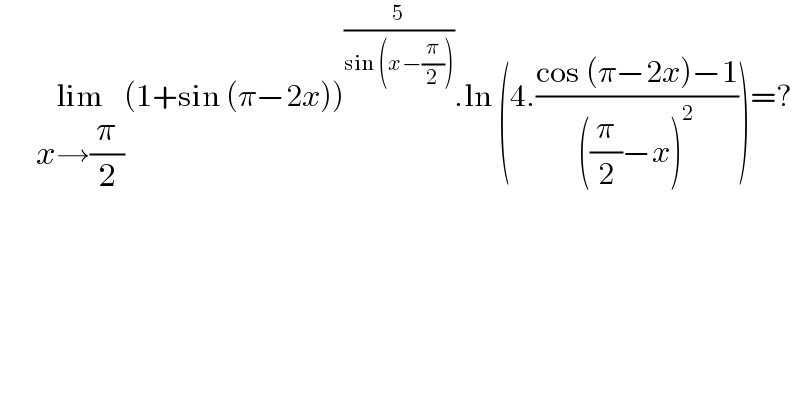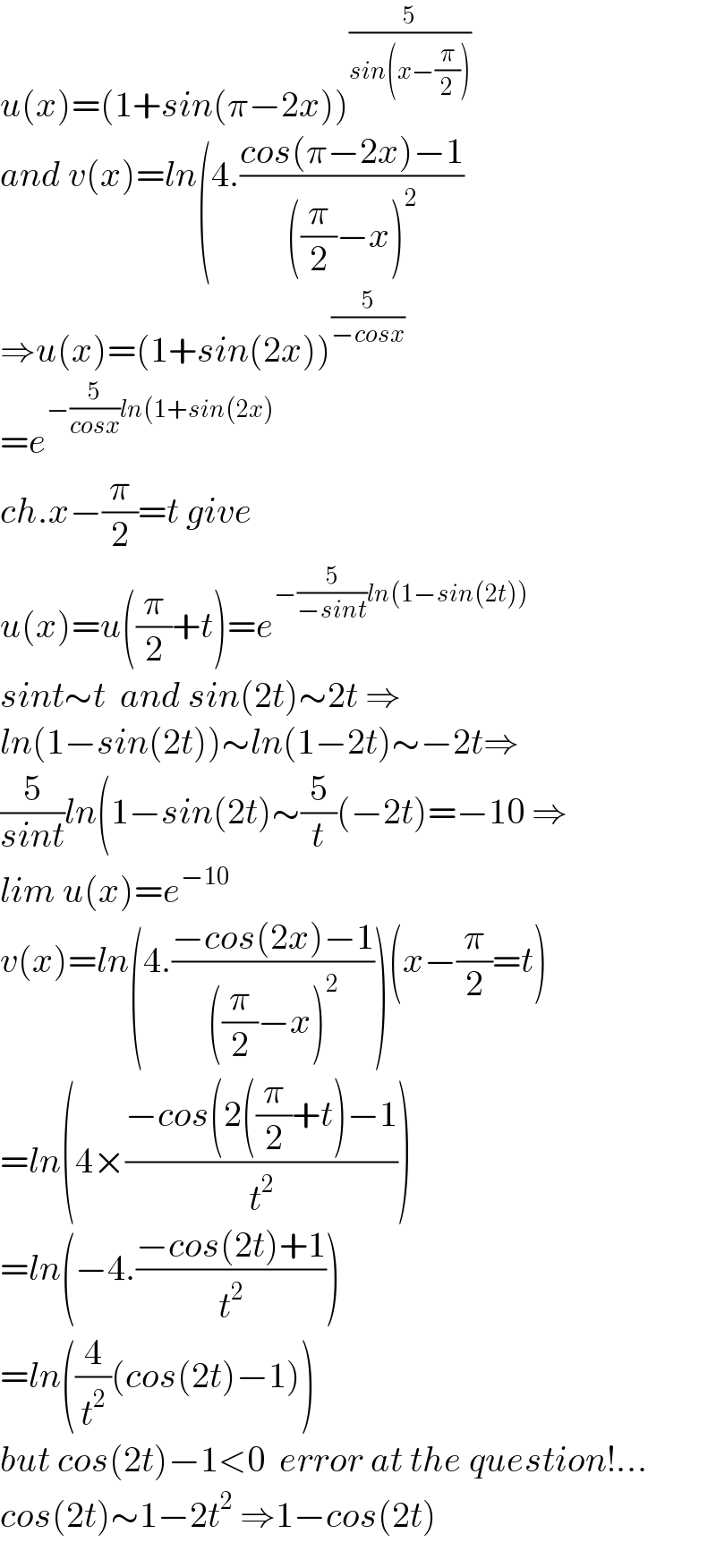
Question and Answers Forum
Question Number 170018 by cortano1 last updated on 14/May/22

Answered by Mathspace last updated on 14/May/22

| ||
Question and Answers Forum | ||
Question Number 170018 by cortano1 last updated on 14/May/22 | ||
 | ||
Answered by Mathspace last updated on 14/May/22 | ||
 | ||
| ||